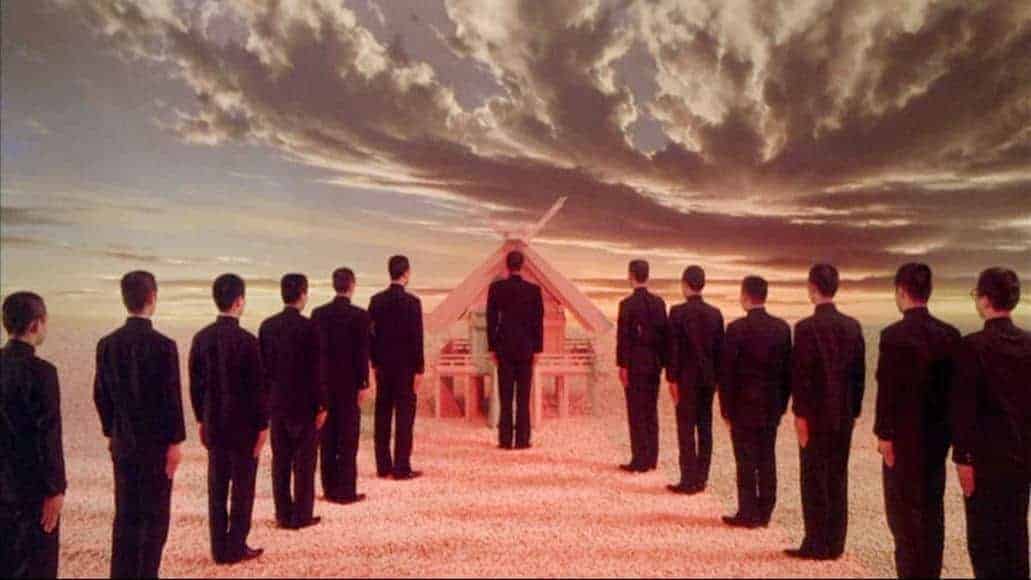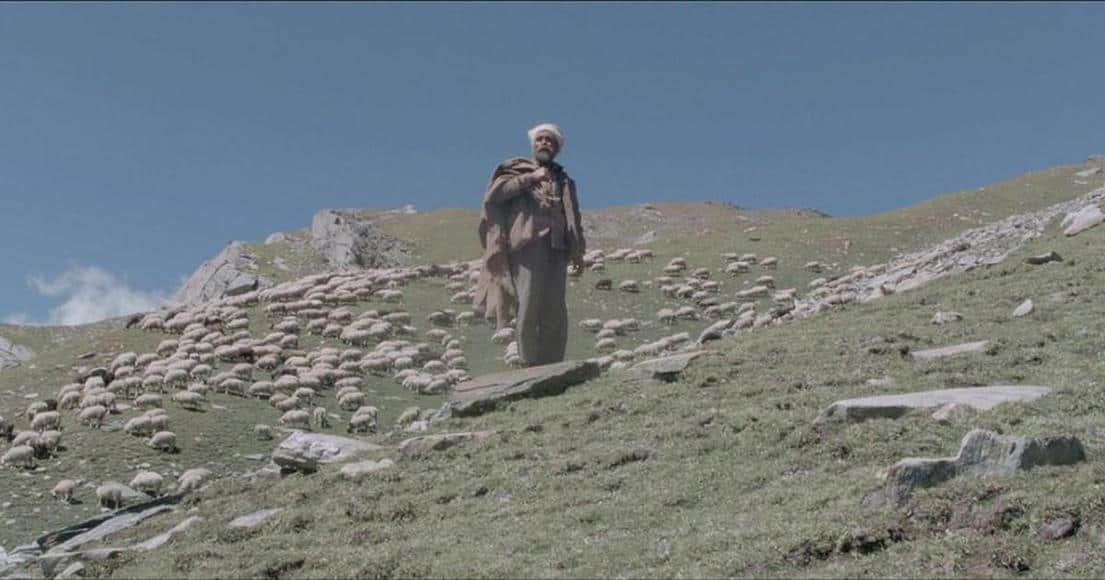After the commercial success of “Gamera vs. Barugon” Daei Film continued its Gamera-franchise in the following year with “Gamera vs. Gyaos”, following the popular concept of a battle between two huge monsters, which had also worked quite well for the Godzilla movies. Apart from being the third entry into the series, the feature also marks the return of director Noriaki Yuasa to the story of the giant turtle which he significantly helped making it into the success it was for the studio. Besides this notable change, “Gamera vs Gyaos” also returned the series to its roots with its story clearly marketed at a younger audience, in particular children. Nevertheless, it still continues its theme of human greed as one of the main motivation of especially the adult characters, albeit with a different approach than its predecessor.
Buy This Title

After a series of severe volcanic eruptions in Japan, Gamera re-appears, much to the shock of the Japanese populace who still remembers the destruction the giant monster has caused during its past appearances. However, while Gamera, apparently attracted by the heat of the eruption, ventures into the volcano, a research team in search for the giant turtle makes an alarming discovery, for a huge crack in the ground emanates some kind of radiation and a laser beam which ultimately causes the death of the scientists. Shortly after, a giant, bat-like monster appear, which is later named Gyaos, makes its way out of the crack destroying everything in its way, only to be stopped by the appearance of Gamera.
Caught in the middle of their fight is a young boy named Eiichi (Naoyuki Abe), who wanted to explore the glow coming from the crack. However, he is rescued from danger by Gamera, who, severely wounded, retreats to the depths of the ocean to heal its wounds. Meanwhile, Gyaos continues its reign of terror, making its way to Tokyo where it causes more mayhem, while the military and scientists are unable to stop it. Only Eiichi seems to know that the only force powerful enough to stop the monster is Gamera, who is still nowhere in sight.
As with every entry into the franchise, the story of the monster battle, which is firmly placed at the finale, follows a sub-plot, dealing with a quarrel between a large building contractor and the farmers of a village near the volcano. After his performance as the lead in “Gamera vs. Barugon”, actor Kojiro Hongo again plays a character, foreman Shiro Tsutsumi, who seems to be the only individual in the story unaffected by the greed and hubris, or at least someone willing to deal with the consequences. Trapped in the middle of a fight between two fractions, ready to overstep moral borders to make a profit, he tries to be a mediator of some sort, a concept seemingly suspended by the battle between the two monsters.
Similar to “Gamera vs. Barugon” writer Niisan Takahashi again makes rather interesting, if somewhat mild comments about the role of greed and profit-oriented thinking, which may have caused the majority of the destruction done by the monsters. In the end, the aggressive strategy of certain corporations and politicians has destabilised the equilibrium of the earth, resulting in the appearance of catastrophes and, in the case of Gamera and Gyaos, also monsters. It is a theme and comment, implemented within the story, which, even though it is made to fit a young target audience, is made rather eloquently.
However, the movie revolving around Gamera also sees a change in how the giant monster is perceived by the characters and thus by the audience. With the commercial opportunities being more than obvious at this point, the giant turtle has not only gone through some changes regarding its design, but also by the fact it is no longer the mindless destroyer it was in the first movie. In “Gamera vs. Gyaos” we see how Gamera saves a child from certain death from a creature that is, because of his actions and his outer appearance, outright despicable. On more than one occasion, audiences will perhaps find themselves cheering and rooting for Gamera, similar to the characters in the story.
In the end, “Gamera vs. Gyaos” is an enjoyable entry into the kaiju-genre. Besides its mild social commentary, its use of special effects (although some it has dated rather badly) and the design of the monsters, in particular Gamera, make this a solid piece of entertainment, especially for those viewers prone to cinematic nostalgia.















